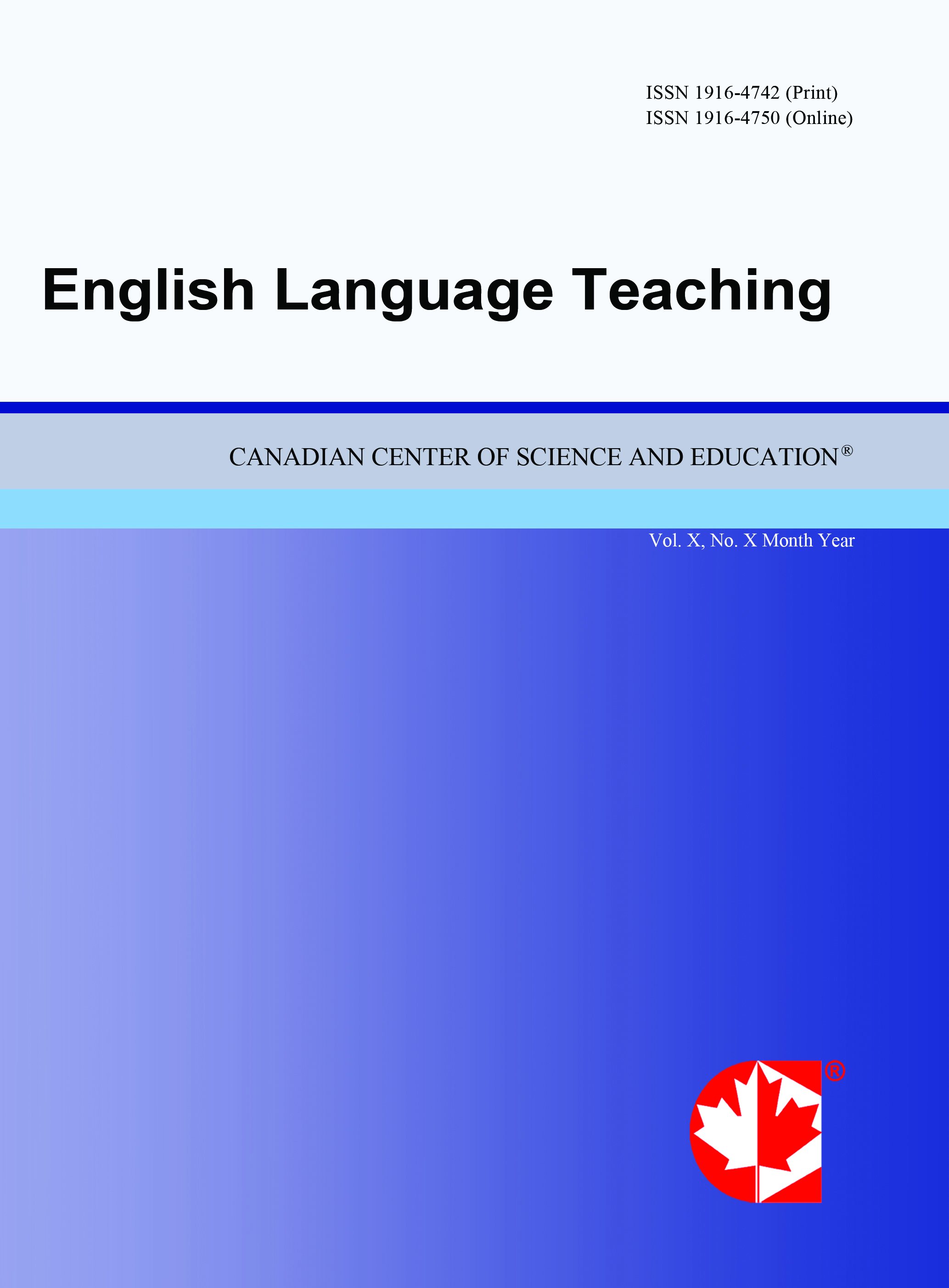How School Leaders Might Promote Higher Levels of Collective Teacher Efficacy at the Level of School and Team
- Gail Prelli
Abstract
Leaders search for effective leadership practices to ensure success. A quantitative study was conducted to determine what behaviors a leader could use to improve collective teacher efficacy at the level of the entire faculty and at the level of grade level teams. This article focuses on using the inverse relationship between transformational leadership and collective teacher efficacy to strengthen efficacy of teachers of English Language Learners. The Collective Efficacy Scale (Goddard, 2001) was modified to measure the perceptions of teachers at both levels; entire faculty’s collective efficacy and the collective efficacy of their team. Thus, this article also provides leaders with important information regarding teaming within schools. The significant difference found between collective teacher efficacy at the level of school and team, provides important information for leaders to consider as they support professional learning teams. Success for all would be promoted as leaders increase efficacy within teams by employing the concepts of developing leadership teams and purposeful learning communities (Hill & Lundquist, 2008).
- Full Text:
 PDF
PDF
- DOI:10.5539/elt.v9n3p174
Journal Metrics
1. Citations (February 2025): 97751
2. h-index (February 2025): 132
3. i10-index (February 2025): 1695
For details about the Journal Metrics, please visit the Google Scholar website.
Index
- Academic Journals Database
- CNKI Scholar
- Educational Research Abstracts
- Elektronische Zeitschriftenbibliothek (EZB)
- EuroPub Database
- Excellence in Research for Australia (ERA)
- GETIT@YALE (Yale University Library)
- Harvard Library E-Journals
- IBZ Online
- INDEX ISLAMICUS
- JournalSeek
- JournalTOCs
- LearnTechLib
- Linguistics Abstracts Online
- LOCKSS
- MIAR
- MLA International Bibliography
- NewJour
- Open J-Gate
- PKP Open Archives Harvester
- Publons
- ResearchGate
- ROAD
- SHERPA/RoMEO
- Standard Periodical Directory
- Technische Informationsbibliothek (TIB)
- The Keepers Registry
- Ulrich's
- Universe Digital Library
Contact
- Gavin YuEditorial Assistant
- elt@ccsenet.org
